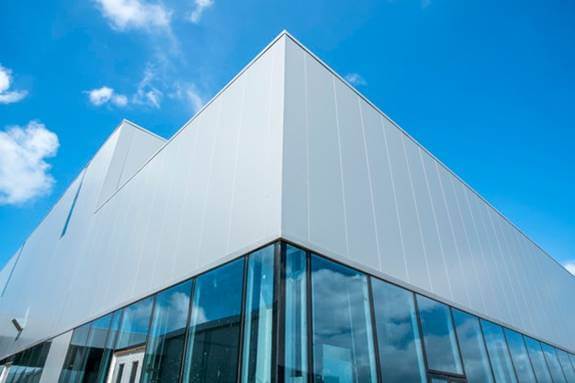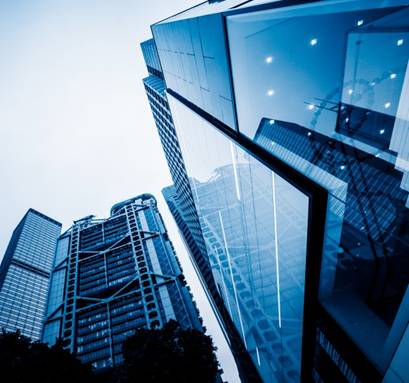
Steel facades vs Aluminium Facades: What to choose and when?
Passing by any of the well maintained cities of india we’d be able to see how radically the direction of styles in building facades has taken a turn in the last century. Whilst cladding can be found in a variety of buildings ranging from local authority buildings to airports, hotels and concert halls. One must note that the most commonly used material for facades on modern day architecture are steel and aluminium. However, one must also note that each metal has its own advantages and excels only when chosen correctly. Here’s a guide talking about which one to choose and when!
Steel Facades

Although both provide high quality, sustainable and cost-effective metal building exterior facade, one must say steel stands out in certain ways. The mechanical yield of steel allows the necessary glazing portions to be designed with a wide span and height. Well designed buildings have large steel curtain walls consisting of lots of light. This is the perfect set up for an entrance. Moreover, steel is a very ductile material this makes it easy to weld it on site. Due to its high durability steel facade panels does not change its appearance for decades. This makes it extremely useful as a one-time investment. Moreover, steel cladding protects the architecture against harsh weather conditions. Temperature, wind, water absorption, sunlight, and pollution all of these can easily damage the structural integrity of any building and its aesthetics. However, the installation of perforated steel sheet cladding and steel generally, helps the building stand against time.
Aluminum Facades

At places where energy efficiency is of prime importance, aluminum is used. Aluminum ‘s light weight is what makes it useful. For structural elements like in curtain walls and building facades, it is required that the material carries the weight of glazing and withstand the force of the wind. When it comes to skyscrapers with glass panels, architects prefer aluminum, the light solution. The use of lightweight aluminum honeycomb panel ensures that the dead load of the building is low. These make transportation and installation easy. The structural cost of the building is contained by the reduced weight of this material. Furthermore, aluminum can be brushed and polished for getting an appealing surface and glossy look. Aluminum also conducts heat really well, so often constructors use it to dissipate heat. When it comes to framing for glass panels, these undergo thermal expanding due to solar heat and therefore, aluminum compensates for it. Unlike steel, aluminum corrosion-resistant unless subjected to a highly acidic environment; at that time it corrodes at a catastrophic rate. Therefore, aluminum is a good choice when it comes to limited frame sizes. For instance, the height of a building’s floor.

Of course, there is no particular reason why both the materials can’t be used in conjunction with each other. Especially, in places where the strength and durability of steel facade panels are needed along with the lightness of aluminum facade cladding. These two together provide the most cost-effective structural solution for the architect.
Learn about the steel facade and aluminum facade solutions we offer at http://ccsgroup.co.in/fahrenheit
Know more about us at http://ccsgroup.co.in